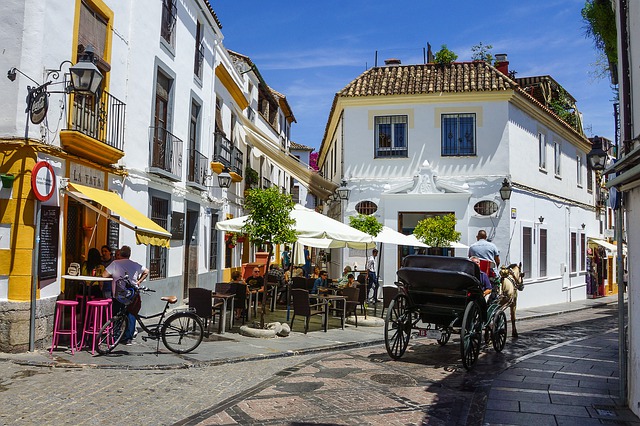Andalusia’s tax reforms were passed in October 2020 and set out significant reductions in regional taxes from January 1st 2022, the date in which they came into force for taxpayers.
The changes will affect four of the main taxes which Andalusia has jurisdiction over.
These include Personal Income Tax (IRPF), Wealth Tax (Patrimonio), Inheritance and Donations Tax (ISD), and Property Transfer and Documented Legal Acts tax (ITPAJD).
The new laws also include an increase of the income limit threshold to benefit from tax deductions.
It will go from €19,000 per year to €25,000 for individual taxes while in the case of joint tax declarations, the bar will be raised from €24,000 to €30,000 in 2022.
READ ALSO: Andalusia unveils plans to become Spain’s least bureaucratic region
IRPF
One of the key changes in Andalusia’s tax laws will be in the category of personal income tax or IRPF.
In 2022, this will be reduced to the lowest rate of 9.5 percent, the minimum required by Spanish law.
This update brings Andalusia in line with other regions such as the Community of Madrid, which is famed for its low tax rates and gave the green light for the same change in December 2021.
READ MORE: Why you should move to this region in Spain if you want to pay less tax
The new regulation also raises the regional deduction for investment in first homes to five percent both for young people and for owners of officially protected homes.
In addition, the law will also improve deductions on rent for various groups, including people with disabilities, those over 65 as well as victims of domestic violence or terrorism. The limit will be €25,000 for individual taxation and €30,000 for joint taxation.
The tax benefits related to births and adoptions will also increase. Deductions of up to €200 can be made, which is four times more than previously allowed. In the case of families living in depopulated areas, the threshold will be increased to €400. Greater reductions will also be available for large families, those needing domestic assistance and those with disabilities.
Two new exceptions have also been created – one to offset educational expenses with a limit of €150 per student and another for donations that have an environmental purpose.
READ ALSO: Why you should move to this region in Spain if you want to pay less tax
Wealth Tax
Another of the changes affects the souther region’s Wealth Tax, which has been lowered for people with disabilities.
The Andalusian government has raised the limit to €1.25 million, which is almost double compared to the €700,000 which was exempt for people with a degree of disability between 33 and 65 percent up until now.
Taxpayers who exceed the 65 percent disability threshold will be exempt from this tax as long as they do not have assets above €1.5 million.
Inheritance Tax
The changes also include the reduction of Inheritance and Donation Tax in Andalusia. Rates have been reduced to between 7 and 26 percent in 2022.
According to the Andalusian government’s calculations, the combination of the rate and the coefficients will mean that the marginal tax rate will not exceed 45 percent.
Up until now, it could reach up to 70 percent. This measure will especially affect family groups including brothers and sisters, cousins, nieces and nephews, and aunts and uncles.
There will also be a reduction in the tax base for first homes or habitual residences, after a death, or by donating to descendants with a disability.
The base rates that apply to companies and businesses will also be reduced.
Property Transfer Tax
The Andalusian Government has also agreed to maintain the reductions that were already being applied to the Property Transfer or Transmission Tax. The general rate will remain at 7 percent, while notarial documents will be taxed at 1.2 percent. This has been in operation since the end of April 2021.
Offspring under 35 years of age, large families or people with disabilities will also benefit from a reduced rate of 3.5 percent. But in 2022 there will be an increase in the maximum value of the home on which it is transmitted, so there is a little more margin, depending on the group to which they belong.
A reduced tax rate of 6 percent on the acquisition of homes with a value of €150,000 or below will also be introduced in 2022. This will be open to anyone living in Andalusia, without any other additional requirement.
A one percent reduction in tax will also be applied to the purchase of non-polluting vehicles.



 Please whitelist us to continue reading.
Please whitelist us to continue reading.
Member comments